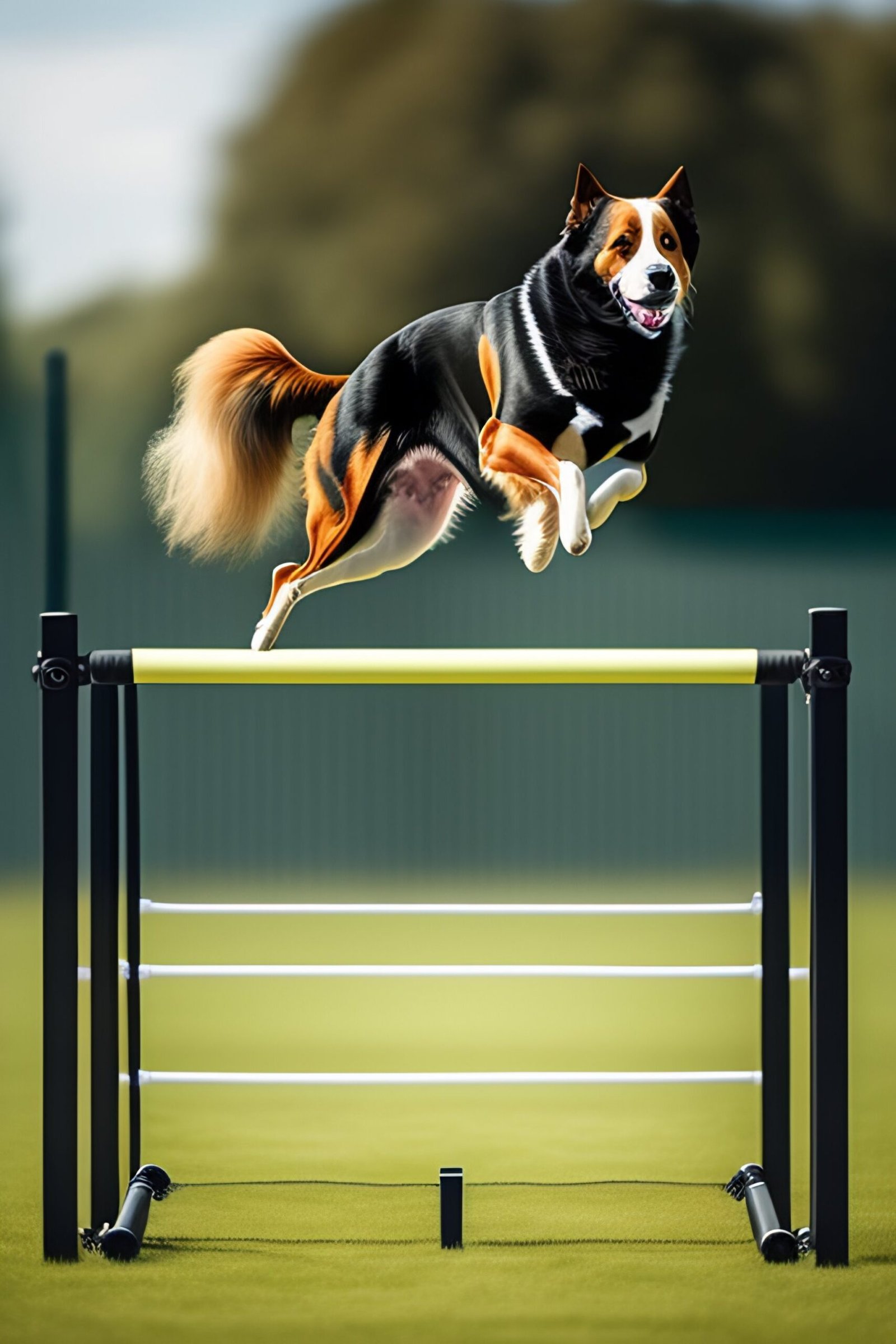Happy dogs Training 2024
Introduction
Dog training is an important part of being a responsible pet owner. Proper training can help ensure your dog behaves appropriately and is a joy to be around. Whether you want to teach basic obedience, curb problem behaviours, prepare your dog for competition, or bond with your canine companion, dog training can provide tremendous benefits for both you and your dog.
In this article, we’ll explore the fundamentals of dog training, including how dogs learn, effective training techniques, common behavioural issues and how to correct them, and the benefits of training for dogs and owners alike. We’ll also provide tips on choosing a trainer if you decide to enlist professional help.

Training is a process that requires patience, consistency, and an understanding of dog behaviour and psychology. While some breeds may be easier to train than others, any dog at any age can benefit from training. The key is to make lessons fun and rewarding for your dog to keep them engaged and progressing. With the right approach and techniques, you can achieve a well-mannered dog and enrich the bond between you.
How Dogs Learn
Unlike humans, dogs don’t understand language or abstract concepts. They learn through association. If a behaviour results in a rewarding outcome, the behaviour will likely be repeated. This is why positive reinforcement is so important in dog training. Rewarding desired behaviours with treats, praise, or play incentivizes the dog to repeat those behaviours. On the flip side, dogs should never be punished for inappropriate behaviours, as this can create fear and anxiety, which often exacerbates the problem.
Dogs also learn through observation and repetition. Performing behaviours over and over allows the dog to remember them. Dogs learn best through short, engaging training sessions that are interspersed with play and rest. Trying to cram too much training in at once can overwhelm the dog. Training should be a fun, bonding experience for both the owner and the dog.
Effective Training Techniques
Positive reinforcement is the cornerstone of effective dog training. This involves rewarding desired behaviours with something the dog finds motivating, like food treats, a favourite toy, or verbal praise. The reward should be given immediately after the behaviour so the dog associates the behaviour with the positive result.
Other effective techniques include:
– Clicker Training: Uses a clicker device to mark desired actions precisely, then rewards the dog. This helps reinforce timing.
– Lure Training: Uses food treats to entice the dog to follow or perform certain movements like sitting or lying down. The treat is then used as a reward.
– Chaining: Breaks more complex behaviours into small steps that are individually taught and rewarded, then linked together.
– Targeting: Teaches the dog to touch their nose to a target object like a ball. This can then be used to train other skills like heel or come.
– Modeling: Demonstrates the desired behaviour so the dog can learn by observation. For example, rewarding calm or gentle behaviours that the dog offers naturally without prompting.
– Managing the Environment: Set up scenarios to encourage the desired response from the dog by controlling cues and rewards.
Common Behavior Problems and How to Correct Them
Some common behaviour issues with dogs and how to address them:
– Jumping: Turn away and ignore the dog when he jumps. Only give attention when all four paws are on the floor. Reward calm, seated behaviour.
– Chewing/destructive behaviour: Provide plenty of appropriate chew toys. Give interactive toys stuffed with treats to keep the dog mentally and physically stimulated. Crate train to confine when unsupervised.
– Barking: Identify triggers and desensitize the dog slowly using positive reinforcement. Do not reward barking with attention. Teach an alternative settled behaviour.
– Anxiety/fear: Gradually exposed to the feared object/situation at a distance. Pair with treats and praise. Go slowly to avoid overwhelming the dog. Countercondition the dog to associate the stimulus with good things.
– Aggression: Do not punish aggression, as this can make it worse. Consult a professional trainer/behaviourist. Management and positive behaviour modification are needed.
– Digging: Provide an approved digging area. Interrupt and redirect digging to a toy. Ensure the dog gets sufficient exercise. Reinforce calm, resting behaviours.
– House training: Take the dog out regularly and reward pottying outside immediately. Confine when unsupervised. Clean all accidents with enzymatic cleaner. Manage diet and water intake.
Benefits of Training for Owners and Dogs (Subheading)
Training provides many benefits for both dogs and their human caretakers:
For dogs, training:
– Strengthens the bond with their owner and establishes clear communication
– Provides mental stimulation and an outlet for energy
– Helps them become well-adjusted companions
– Gives them skills for everyday life
– Can build confidence
– Reduces stress and anxiety
For owners, training:
– Leads to a better-behaved, more predictable dog
– Helps prevent problem behaviours from developing
– Establishes rules and structure in the household
– Allows for refinement of skills over time
– Reduces owner frustration and stress
– Provides insight into dog psychology and behaviour
– Creates engaging activities to do with the dog
– Prepares the dog for events like shows, sports, therapy work, or service training
Choosing a Trainer
While some pet parents can train their dogs on their own, others benefit from assistance. When selecting a dog training class or private trainer, consider these tips:
– Check credentials and verify experience. Look for trainers certified through respected organizations.
– Make sure the trainer uses positive reinforcement methods, not punishment or dominance.
– See if the trainer offers customized training plans rather than a rigid, one-size-fits-all approach.
– Schedule an introductory consultation to assess your dog’s behaviour and communication style.
– Ask about the trainer’s background working with dogs similar to yours.
– Request references from prior clients.
– Choose a trainer you and your dog feel comfortable with. Trust your instincts.
– Check class sizes. Smaller is better for individual attention.
– Expect to spend time training yourself to be consistent and reinforce lessons.
Conclusion
Dog training is a rewarding endeavour that helps strengthen the bond between owner and canine, establishes rules and manners, provides mental stimulation, and improves the quality of life. While dogs may learn basic commands relatively quickly, training is an ongoing process. Some behaviours may take many months of consistency and patience to improve. But small incremental advances can be very motivating.
No dog is ever perfect, yet you’d be amazed at what consistent, positive training can achieve. Most dogs aim to please their owners. By better understanding canine psychology, cues, and effective reinforcement techniques, you can channel your dog’s natural energy into desirable behaviours.
Whether your goal is to be a well-mannered companion or a competition-ready pro, training is a fun activity and a worthwhile investment. Even pups who seem resistant can blossom under the right approach. Don’t become discouraged by occasional setbacks. Stick to fundamentals like motivation, repetition, short sessions, and prizes for progress. With ample praise and rewards, your dog’s true potential and spirit will shine through.
So, embark on training with optimism and enjoy developing new skills together. The shared journey will strengthen your bond with your furry friend for years to come.







